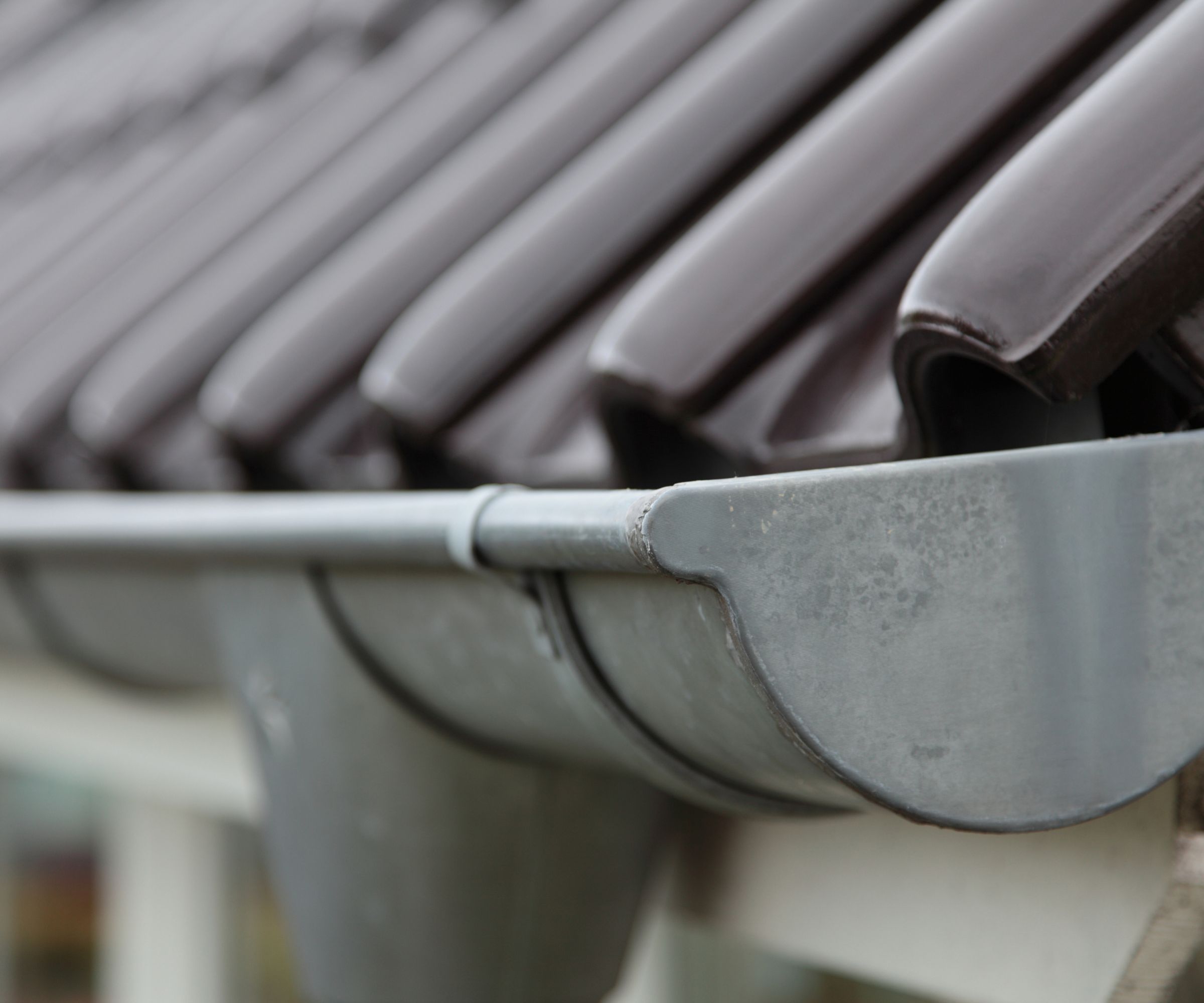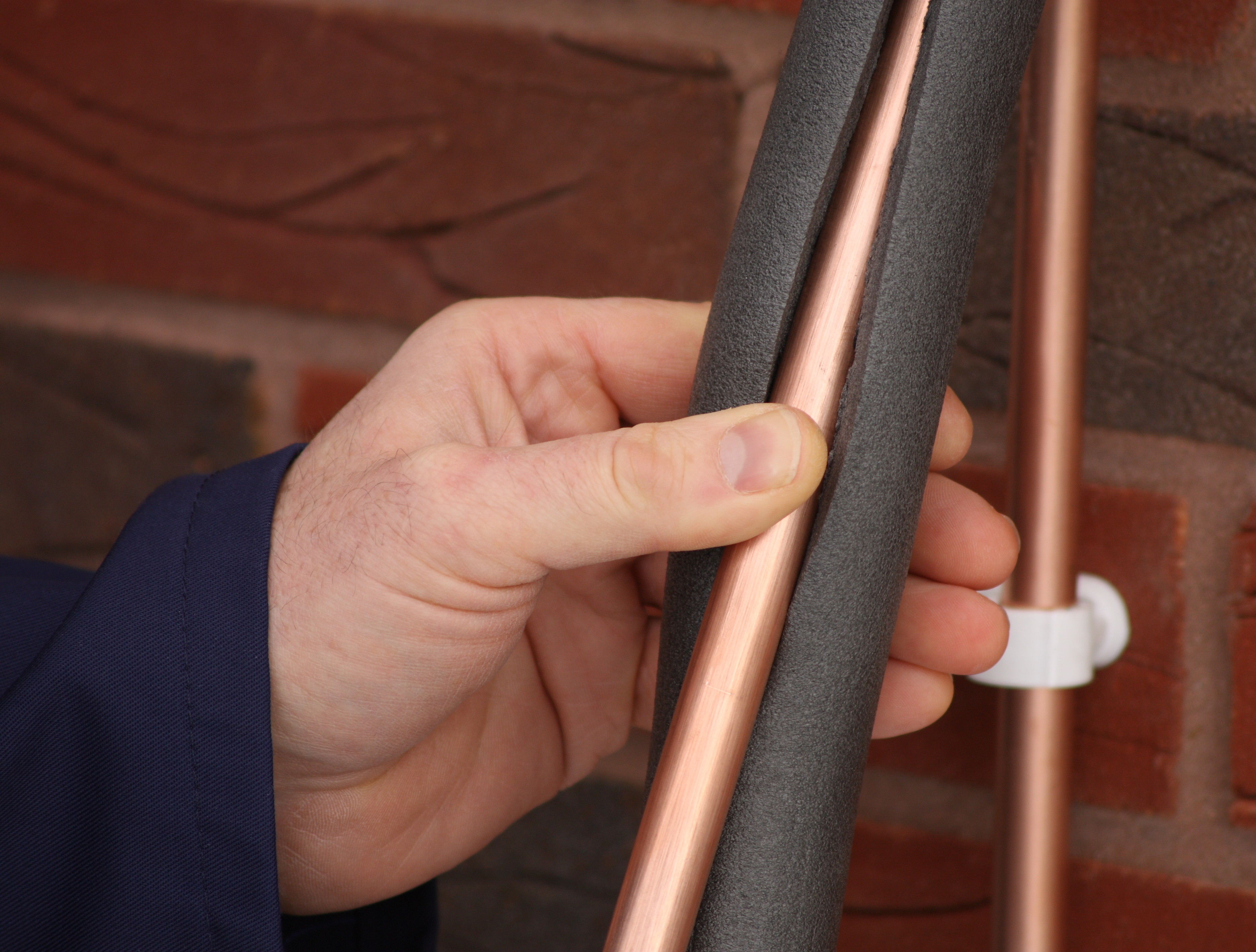
According to expert contractors, as the weather gradually gets milder and the days slowly get longer, it is a good time to get out and check your home for any winter damage.
Even if you prepared your house for cold weather, performing intermittent maintenance as the seasons slowly change can help to catch any issues early and mitigate future problems that could be costly.
These are the six home maintenance tasks to complete in February to keep your home in tip-top shape.
Home maintenance tasks to complete in February
Although February is still firmly in winter, the weather typically starts to get a little milder, especially as we approach March. This makes it the perfect time to get outside and check over your home for any winter damage before the spring storms set in again, says Korey Gregory, superintendent at ASAP Restoration:
‘Give your property a once over by doing a thorough inspection of the exterior. Walk around your home and check for any damage. Try to spot any cracks in the foundation, gaps in siding, or damage to the paint, as this might be the location of needed maintenance that should be done before bad weather can make it worse.’
1. Inspect and clean gutters

February is one of the best times to clean gutters as leaves are likely to have stopped falling, and freezes are mostly behind us.
Korey Gregory, superintendent, recommends removing any debris from gutters and downspouts to ensure proper drainage. ‘This is important to prevent water damage to your roof and foundation.'
Any blockages can lead to a build-up of water which, when frozen, forms an ice dam. These expand, possibly damaging your guttering and your roofing, Korey explains, resulting in lasting damage – something that only gets worse when the ice melts, and the water is released into the layers of your roof.
‘This is why mold damage happens in springtime as the ice melts and flows inside people’s walls.’
2. Roof maintenance

'While you are up near the roof, it also helps to check for any shifted roof tiles or damage from ice dams that may have sprung a leak into your home,' adds Josh Riuttu, professional roofer and owner of Mikku and Sons Roofing.
‘Melting snow and spring rains can expose weaknesses in your roof and flashing (the metal seals around chimneys, vents, and valleys). Ignoring these issues can lead to leaks and costly repairs later,’ he warns.
‘If you're comfortable, walk around your roof (with proper safety precautions) and look for missing, cracked, or curled shingles. Squirrel-proof your roof by installing chimney caps and checking for gaps or damage in the flashing around chimneys, vents, and other protrusions. If you're unsure, hire a professional roofer for a thorough inspection.’
If you notice any leaks, be sure to also work on the interior to fix a ceiling leak and prevent mold – especially in closed-off attics that you do not use often.
3. Clean up your outdoor areas as the weather calms

Although it is a little too early to fully prepare your backyard for spring, mild weather presents the perfect opportunity to clean up your outdoor areas, suggests Joe Raboine, VP of design at Belgard, luxury paving specialists.
Joe recommends some basic tasks, such as cleaning up fallen debris from your patio, lawns, and flower beds, to prepare your space for spring planting and overseeding and prevent the growth of green algae on your patio stones or decking.
‘Check to see if your gutter downspouts are flowing to the correct spaces to avoid a detrimental impact on your surfaces,’ he adds. Spouts may have shifted in the wind, or outside drains blocked up with debris. Checking to remove debris and reposition them will prevent water damage during April showers.
4. Service your HVAC system

If you didn’t include a furnace service in your January home maintenance, it is a good time to book it in for a checkover by a professional, says Korey Gregory, of ASAP Restoration:
‘Schedule a professional to inspect and service your heating and AC system. This includes replacing filters, ensuring proper ventilation, and checking to make sure that both the heating and cooling are operational.
‘This time of year is also a good time to get deals since the emergency calls for failures during winter are mostly over for providers,’ he adds. ‘They’ll be looking to make up for lost income.’
5. Check for leaks and insulate pipes

'Although frosts may start to phase out in February, it is still helpful to check for any leaks that have sprung from frozen pipes in December or January and insulate pipes that have been left uncovered,' suggests Chris Purvis, professional contractor and founder of Concrete Contractors Austin.
‘Start by inspecting all visible pipes for any signs of leaks or drips. If you notice any, repair them using waterproof tape or pipe sealant. To insulate exposed pipes, wrap them with foam pipe insulation – such as this 12-piece foam insulation set from Amazon – or heat tape, paying extra attention to pipes in unheated areas like basements and crawl spaces. Insulating pipes helps prevent them from freezing, bursting, and causing water damage.’
6. Open up foundation vents after snow
Once you are sure the snow and ice are behind you (perhaps closer to the end of February), you can reopen any foundation vents if you have them to allow the groundwork to breathe after winter, says Bradley Arnold, contractor and owner of Bradley Arnold Construction Services.
‘You must open them to allow your crawl space or basement to breathe, as foundation vents left closed moving into a warmer season can lead to moisture build-up and mold growth,’ he warns.
It can also help to cover some maintenance tasks to lower your energy bills in February by checking for new drafts that may have popped up through your property over winter. Using weather stripping to block updrafts around doors and windows can help to improve your insulation and make your home feel warmer until the spring weather kicks in.







